By
Sourav Dutta
Manager-Civil
It is very clear that metro cities like Mumbai, Kolkata, Delhi and Bengaluru are having increasing development, with tier-II cities also coming up in competition, leading to large land/plot size unavailability. Accommodating increasing population will require the FSI (Floor-space index) / FAR (Floor-area ratio) to be higher.
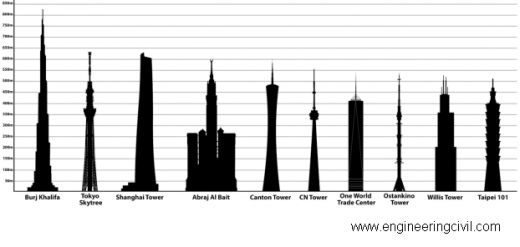
Fig 1 : High-Rise Canvas over the world now-a-days
This can only be done by increasing the height (number of storey) of the buildings. Thus it is not uncommon that requirement of high-rises /skyscraper have come up in metro cities like Mumbai, Kolkata, Delhi and Bengaluru, and even in Tier-II and Tier-III cities now-a-days. Also industrial plant construction/expansion in tier-II and tier-III cities has led for challenge in requirement of economical/faster construction, without affecting quality/safety of construction.
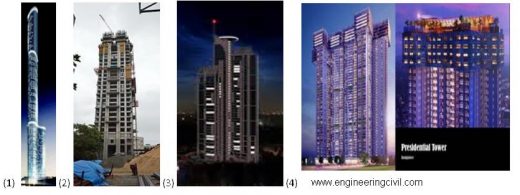
Fig 2 (s) : (1) World one : Mumbai 1450 ft (117 floors): work in progress; (2) The 42 : Kolkata 827 ft (62 floors): work in progress; (3) Mantri Pinnacle : Bengaluru 502 ft (46 floors) (completion:2013); (4) Presidential Tower: Bengaluru 530 ft (50 floors): work in progress
For faster/cheaper construction of Skyscrappers/heavy industrial structures, the following are widely adopted:
• Improvement in Construction technology has resulted in use of higher grade of concrete (up to M80) and HYSD rebar (up to Fe600 grade) which makes the structural member (mostly column) leaner, also helps material/labour/time saving, as well as increase carpet area of the construction.
![]()
• Use of higher diameter of HYSD bar (36, 40, 45, 50 mm) for material/labour/time saving.
• Use of “Mivan” technology of aluminium formwork for construction of typical floors of a skyscraper for material/labour/time saving. (Refer Fig 3)
• Use of couplers at locations of rebar lapping/splicing for material/time saving. (Refer Fig 4)
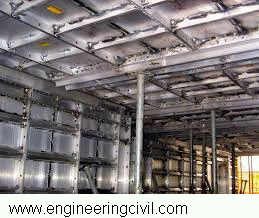
Fig 3 : “Mivan” formwork technology
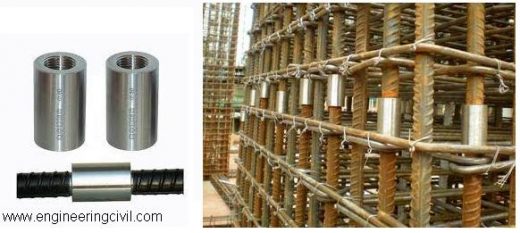
Fig 4 (s) : Rebar Coupler as an alternate to splicing/lapping
• Use of Readybuild for labour/time/rebar offcut saving/space management. (Refer Fig 5)
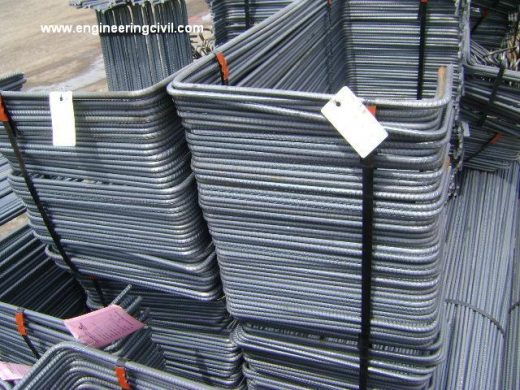
Fig 5 (s) : Readybuild technology : Ready-to-fix fabricated rebars as per BBS supplied at site
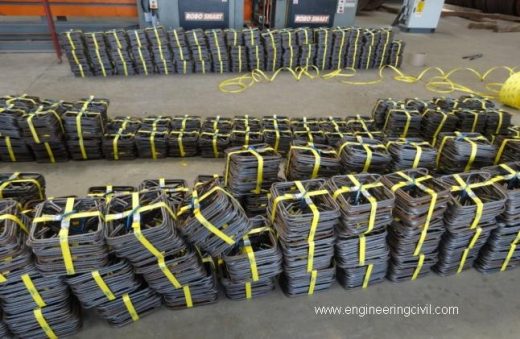
Fig 5.1 (s) : Readybuild technology : Ready-to-fix fabricated rebars as per BBS supplied at site
• Use of RMC (Ready-mix concrete) and SCC (Self-compacting concrete) for material/labour/time saving during placement of RCC. (Refer Fig 6)
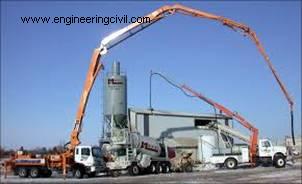
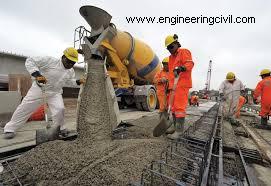
Fig 6 (s) : Use of Boom Placer and RMC technology for placing of RCC
• Use of fly ash as partial substitute of cement during mix design of RCC as per IS10262-2009.
We at engineeringcivil.com are thankful to Er. Sourav Dutta for submitting this paper to us. We hope this paper will be helpful for the whole construction industry in general.
If you have a query, you can ask a question here.


